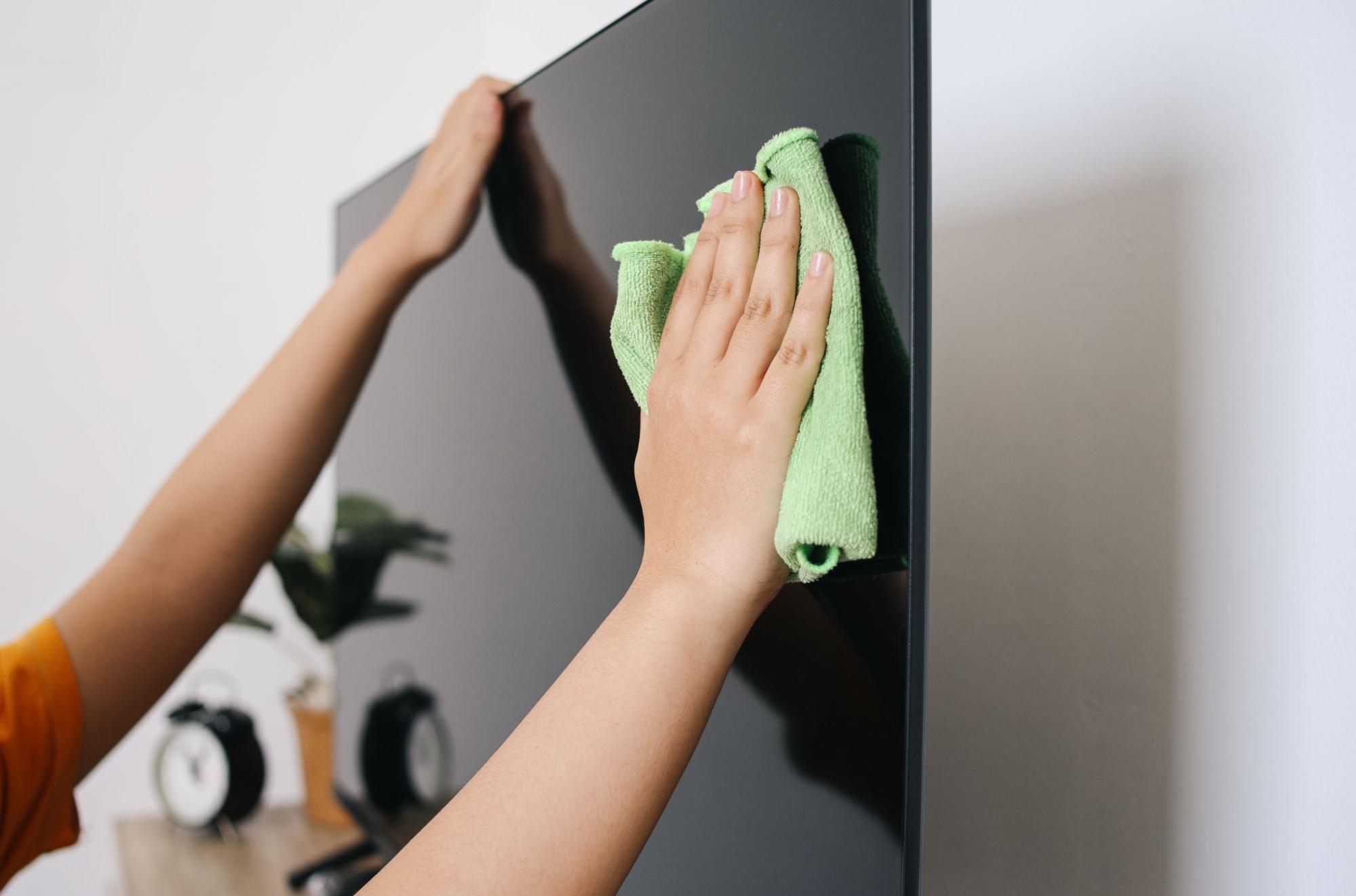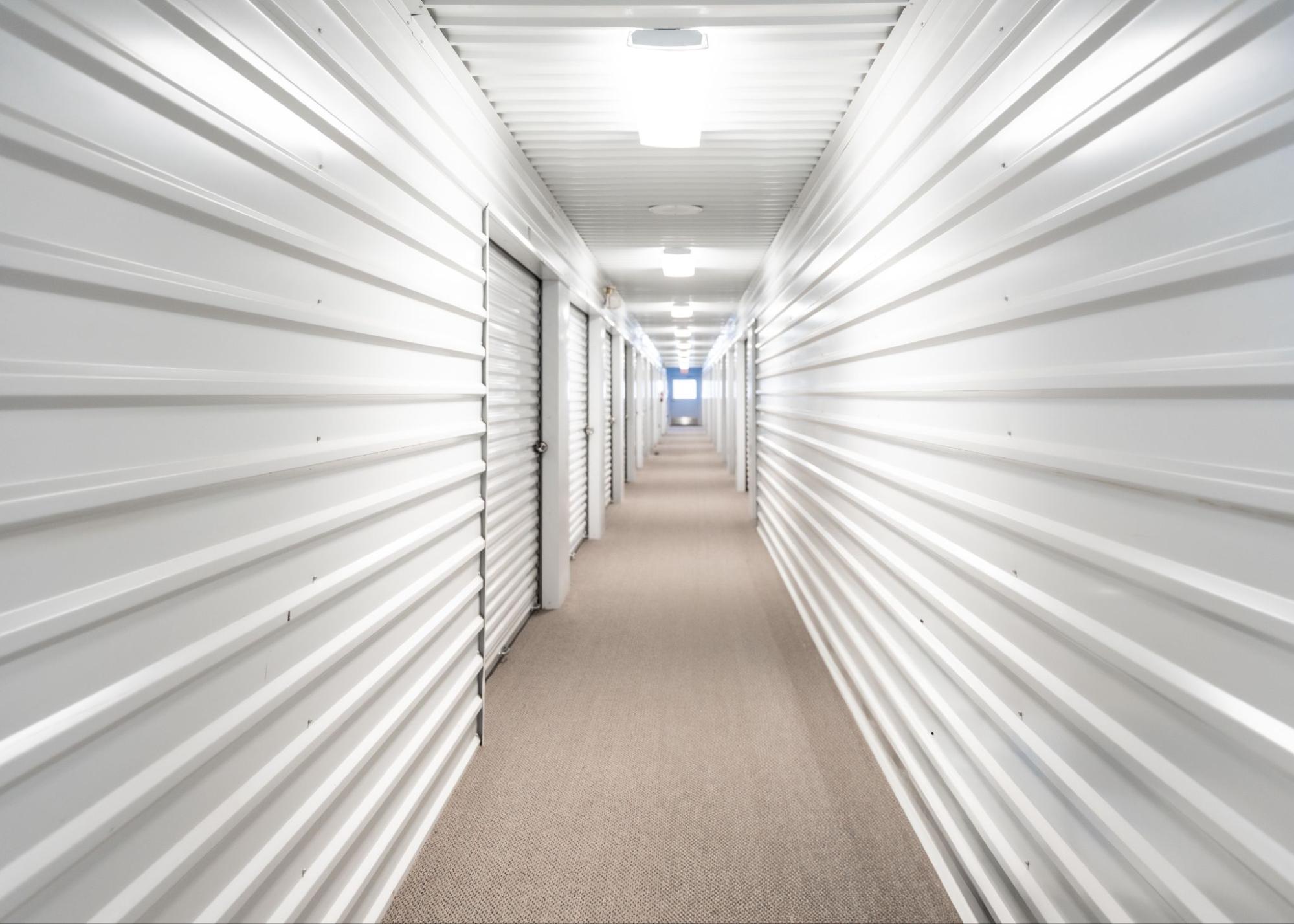May 14, 2024

When storing things, some items, such as electronics, require more preparation and effort. To ensure that your electronics will not get damaged in storage, you should pack them with care and in the right way. You should also choose a climate-controlled storage unit for your electronics to keep them in good condition. Here are ten tips to follow on how to store electronics.
1. Back Up Everything: Keep Your Data Secure
Before you store your electronics, you should keep your data secure by backing them up. Your electronic devices such as computers, laptops, tablets, phones, and portable storage devices may contain important data. It could contain important documents and even old family photos.
So, go through all your electronic devices first, check the data, and back up. This will come in handy if you need the data in the future. It will be readily available to you should you need to quickly reference it.
Additionally, although it’s unlikely for your devices to get damaged if you pack them with care, if accidents or unforeseen circumstances happen, backing up your data will ensure that you won’t lose them.
2. Remove Batteries from Your Electronic Devices
To keep your electronics safe in storage, remember never to leave batteries in any of your devices. Batteries and storage do not mix, as batteries can easily decay in storage. If you do leave them in your devices in storage, this can cause them to leak, which would then damage your electronic devices.
You do not want your electronic devices to turn into a mess of battery acid, so remove all batteries before you store your electronics. This will preserve not just your devices but also your battery as well. Additionally, remember to keep the batteries near your electronic devices so that you won’t lose them.
3. Remove Cables and Cords
Apart from batteries, you should also remember to remove cables and cords. Basically, you should remove any plugged accessories from your device. This is to prevent damage from occurring. So, take out all those cables and cords from your devices. Label each of them accordingly so that you will remember where each of them goes. Store them near your devices.
4. Clean Your Electronics Before You Store Them

Do not store dirty electronics. Make sure to clean them first before you store them. Just like with other items you store, you should also clean your electronics thoroughly. Wipe down screens and surfaces of your electronic devices. Get rid of dust, dirt, and cobwebs.
Cleaning your electronic devices before you store them will help prevent damage from occurring while they are in storage. During the cleaning process, you can also inspect your devices and see the current condition they are in. So, before you begin putting your devices inside boxes, make sure to clean them first.
5. Wrap Your Electronics the Right Way: Do Not Use Plastics
When wrapping your electronics for storage (especially for long-term storage), never wrap them in plastic. Plastic seals moisture in and promotes mold and mildew growth. While plastic sheeting is waterproof, it holds moisture in, which could cause damage to your electronic devices over time.
Instead of using plastic, use packing paper instead. Packing paper will help keep your electronics dry. It can protect your electronic devices while they are in storage. But plastic can lead to moisture build-up, which would then have a negative impact on your devices. So, wrap your electronics with packing paper.
6. Keep Your Screens Protected: Cover Monitors and Screens
You should be extra careful when dealing with monitors and screens. Make sure to cover monitors and screens, as they are prone to breaking. They are also likely to get scratches from direct contact with rough surfaces. You can protect screens with cardboard, cotton cloth, canvas, or anti-static foam.
Additionally, remember that for monitors and flat-screen TVs, you should store them standing upright and not face down or stacked between other items. You should be extra careful not just in wrapping or covering your electronics, but also when it is time to store them.
7. Use Bubble Wrap for Added Protection
Electronic devices are valuable items, and we always want to make sure that they are safe and protected in transit and in storage. Using bubble wrap is always a great way to protect valuables. It’s good for protecting electronics and even other fragile items. Bubble wrap can give your electronics an extra layer of protection and prevent them from getting cracked or damaged.
Additionally, bubble wrap also creates a cushioning effect, so your items will be protected in transit. Apart from this, bubble wrap also helps guard against static shocks, which makes your electronic devices even more protected.
8. Use the Original Packaging: Pack in Original Boxes
If you still have the original boxes of your electronics, you should use them for storage. The original boxes where your devices came in were specifically designed to protect them, and your devices will perfectly fit into them. So, look for the original boxes and use them for storage. However, if you no longer have the original boxes, make sure to choose high-quality boxes for your electronics.
9. Never Forget to Label and Put Warning Signs
Do not forget to label boxes, especially when you will not be using the original boxes of your electronics. Write down what’s inside the box and provide important details. This will help you in the future as you can find your devices with ease. Most importantly, do not forget to put warning labels, such as “FRAGILE”. This is to notify people that the boxes should be handled with extra care.
10. Store Your Electronics in a Climate-Controlled Storage Unit

When you store electronics, you should choose a climate-controlled storage unit. Remember that electronic devices are sensitive, and they can get damaged because of extreme changes in temperature. Climate-controlled storage units have regulated temperature and humidity levels, so your electronics will surely be safe.
Looking for a climate-controlled storage unit? Contact us today for storage solutions.